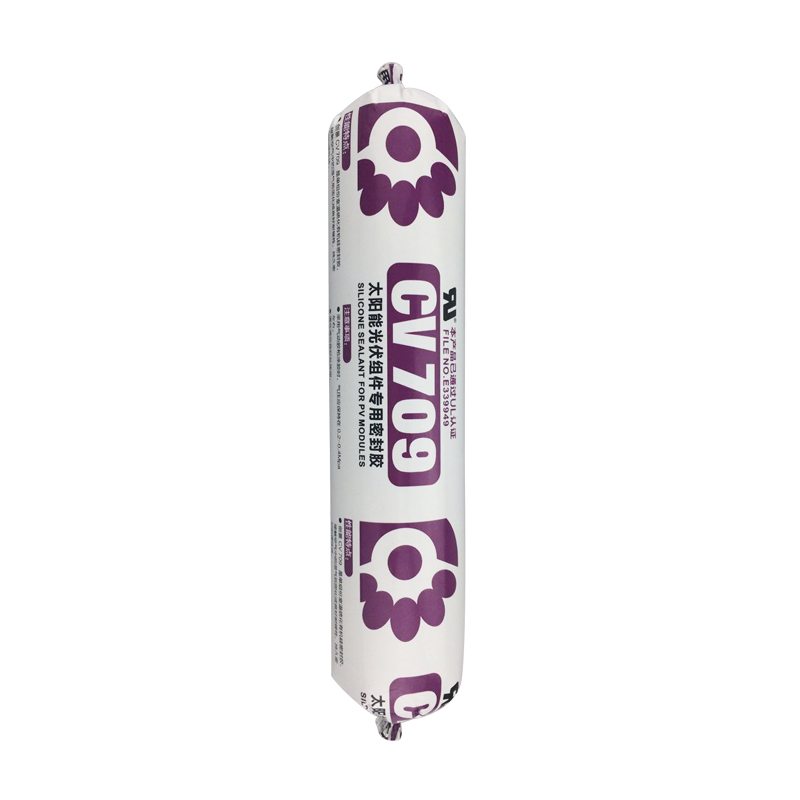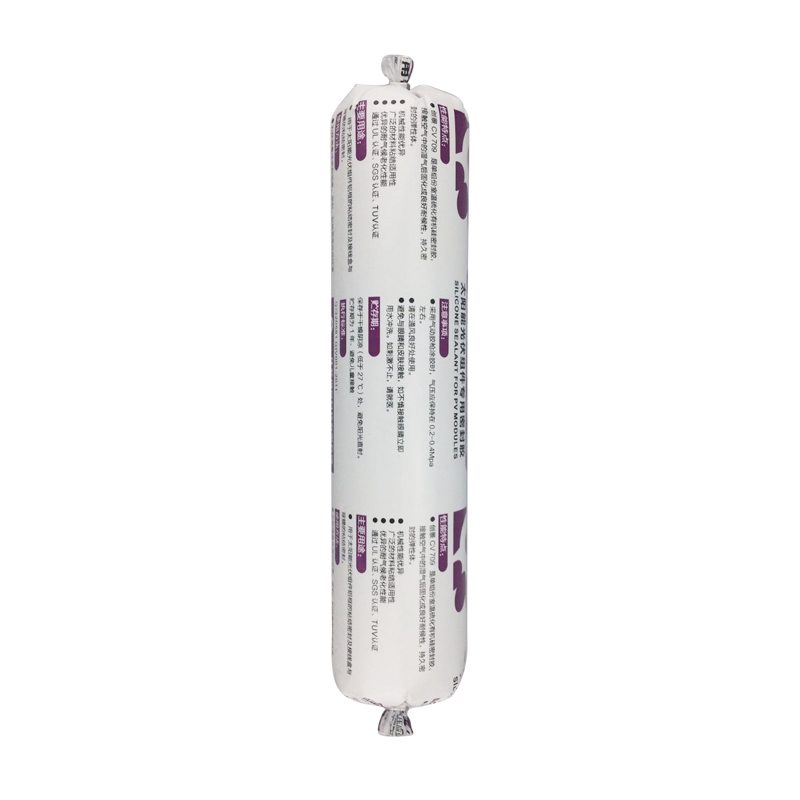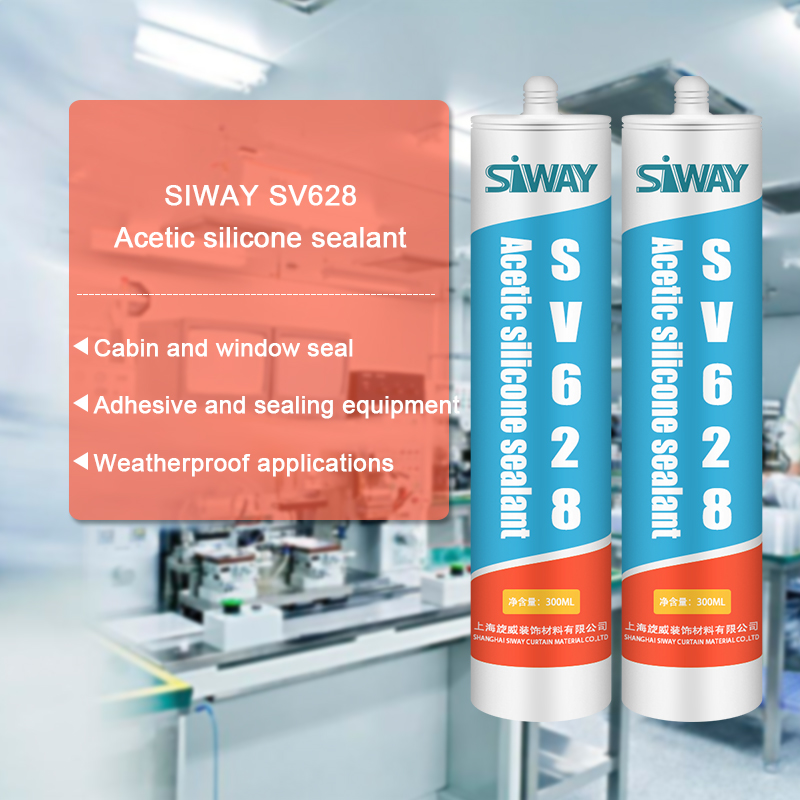Hot Sale for CV-709 silicone sealant for PV moudels for Jersey Factory
Short Description:
Description CV709 is a high-performance silicone sealant, one-component oxime type room temperature curing silicone rubber, has excellent weather resistance, high thixotropy, after curing for solar components involved in the base material has good caking property, by TUV for environmental requirements of the ROHS, UL E339949 Key Features 1. 100% silicone 2. No sag 3. high thixotropy 4. Water & weatherproof 5. For solar components involved in the base material has good bonding Basic Ap...
we can offer high quality products, competitive price and best customer service. Our destination is "You come here with difficulty and we give you a smile to take away" for Hot Sale for CV-709 silicone sealant for PV moudels for Jersey Factory, We warmly welcome customers from all over the world for any kind of cooperation with us to build a mutual benefit future. We are devoting ourselves wholeheartedly to offer customers the best service.
Description
CV709 is a high-performance silicone sealant, one-component oxime type room temperature curing silicone rubber, has excellent weather resistance, high thixotropy, after curing for solar components involved in the base material has good caking property, by TUV for environmental requirements of the ROHS, UL E339949
Key Features
1. 100% silicone
2. No sag
3. high thixotropy
4. Water & weatherproof
5. For solar components involved in the base material has good bonding
Basic Application
1.Solar module frame seal
2.The adhesive of the solar energy back to the terminal block
3.General industrial assembly with seal
Technical data sheet
| Test standard | Test project | Unit | value |
| Before curing——25℃,50%R.H. | |||
| specific gravity | g/ml | 1.34-1.40 | |
| GB13477 | Operating time | min | 15 |
| GB13477 | surface drying time(25℃,50%R.H.) | min | 40-60 |
| 3 days after curing——25℃,50%R.H. | |||
| Temperature range | ℃ | -55~200 | |
| GB13477 | Durometer Hardness | Shore A | 40~55 |
| The ultimate tensile strength | Mpa | ≥2 | |
| GB13477 | Breaking elongation | % | 300-600 |
| Aluminum bonding shear strength | Mpa | ≥1.5 | |
| Electrical properties | |||
| Breakdown voltage | Kv/mm | ≥20 | |
| Volume resistance | ohm.cm | 9E+14 | |
| Dielectric constant | 3.1@50Hz | ||
Certification
UL E339949; TUV
Color
Black, White
Package
300ml in cartridge * 24 per box, 500ml in sausage *20 per box
Shelf life
12 months
Note
If you want the TDS or MSDS or other details, please contact with our sales person.
BEST T.P.S. is liquid vulcanized rubber.
It is inserted into the tyre through the valve, (no downtimes for application)
Inserted only ONCE in the lifetime of the tyre, (no need to change, no matter how many years the tyre is operational on the machine)
Remains liquid for all years and creates an air-proof layer inside the tyre, covering the ENTIRE internal area. This layer does not permit air to escape.
Sealing air leakages from very difficult areas like:
the O-ring in split type rims
the bead (bead leakages are not to be confused with O-ring leakages, as the O-ring is almost 5 to 10 cm away from the bead)
Seals ALL pores. Pores are very often found in low cost tyres
Creates patches on the tread area, if the tyre is punctured.
Finally but certainly most importantly, BEST T.P.S. is the UNIQUE solution to save leakages from separation (bulges or bubbles) of the tyre layers.
Chemists Create Self-Assembling Conductive Rubber
April 1, 2007 (originally posted by DBIS – American Institute of Physics)
Polymer chemists have created a flexible, indestructible material, called metal rubber, that can be heated, frozen, washed or doused with jet fuel, and still retain its electricity-conducting properties. To make metal rubber, chemists and engineers use a process called self-assembly. The material is repeatedly dipped into positively charged and negatively charged solutions. The positive and negative charges bond, forming layers that conduct electricity. Uses of metal rubber include bendy, electrically charged aircraft wings, artificial muscles and wearable computers.
BLACKSBURG, Va. — Portable gadgets were meant to be taken on the move. Portable also means accidents and damage can happen. Now, imagine electronics that can take a beating and bounce back! It’s soon possible with a shocking new flexible, indestructible material, called metal rubber.
“You can heat it. You can freeze it. You can stretch it. You can douse it with jet fuel,” Jennifer Lalli, a polymer chemist at NanoSonic, Inc., in Blacksburg, Va., tells DBIS.
Abuse it, and metal rubber snaps back to its original shape. But the best part of this rubbery material? It conducts electricity just like metal and is also lightweight.
To make metal rubber, chemists and engineers use a process called self-assembly. The material is repeatedly dipped into positively charged and negatively charged solutions. The positive and negative charges bond, forming layers that conduct electricity.
“Electricity flows through metal rubber because there are little metal particles, and the electricity flows from little metal particle, to little metal particle, to little metal particle, between the two ends just like a piece of copper metal,” Rick Claus, a NanoSonic electrical engineer, tells DBIS.
The self-assembly process coats almost anything — even fabric can be made to carry electrical power. Lalli says you can wash the metal rubber textiles and they maintain electrical current.
Scientists are looking into uses of metal rubber like bendy, electrically charged aircraft wings and artificial muscles — and wearable computers. Abuse-resistant, flexible circuits, like cell phones, are still years away, but the future looks bright — and powerful — for bendable products.
Science Insider
BACKGROUND: Materials engineers and chemists at NanoSonic, Inc. have developed a way to produce lightweight electrically conductive textiles that won’t break or disintegrate when you wash or stretch them. This makes the textiles perfect for use in sensor-laden smart clothes. An important component is the company’s trademarked metal rubber, a substance that has the elasticity of rubber and ability of steel to conduct electricity/ NanoSonic’s metal rubber and e-textiles could find use in protective clothing; flexible antennae and circuits; flexible displays; electromagnetic shielding; biomedical sensors and health monitoring; and applications in outer space.
HOW ITS MADE: Instead of just mixing different materials together, like in a blender or weaving metal wire components into fabrics, NanoSonic’s manufacturing technique is a bit like growing textiles in a makeshift washing machine. It’s called “electrostatic self-assembly.” By dipping the base material into baths of alternating electrons and protons, those nanoparticles with opposite charges attract and stick to each other like Velcro. So many different properties can be linked together without the material falling apart when it is washed or stretched. Each dip adds one layer. The e-textiles are lower in weight, with lower manufacturing costs and few byproducts, plus they can withstand repeated washings without falling apart.
EXAMPLES: In combat conditions, a US solder clothed in layers of garments made from e-textiles could wear sensors close to the skin that monitor blood pressure, body temperature, and heart rate. Another layer could be integrated into the Kevlar vest to register impact from a bullet or shrapnel. And sensors in an outer garment could sniffy the air for toxic agents of chemical or biological warfare. It might also be possible to make a thicker but lightweight conductive fabric for electric power workers that would not limit their range of motion, but would reduce the effects of electric power line radiation.
The Materials Research Society contributed to the information contained in the TV portion of this report.
More information on this story
Nanosonic
Blacksburg, Va. 24060
540-953-1785
info@nanosonic.com
https://www.nanosonic.com
Materials Research Society
506 Keystone Drive
Warrendale, PA 15086-7573
Tel: 724-779-3003
https://www.mrs.org





